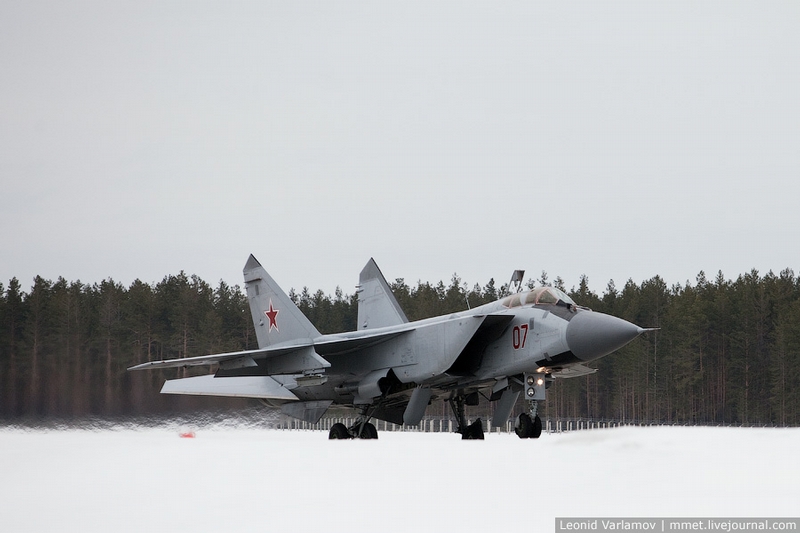
Khotilovo is a secret military airfield located in the Tver region. It is always in combat readiness to protect the airspace of Moscow and the Central industrial region. It’s not that easy to get there…
Advertisement:

Its usual day begins with flight training.

Crews examine various confidential documents and tables.
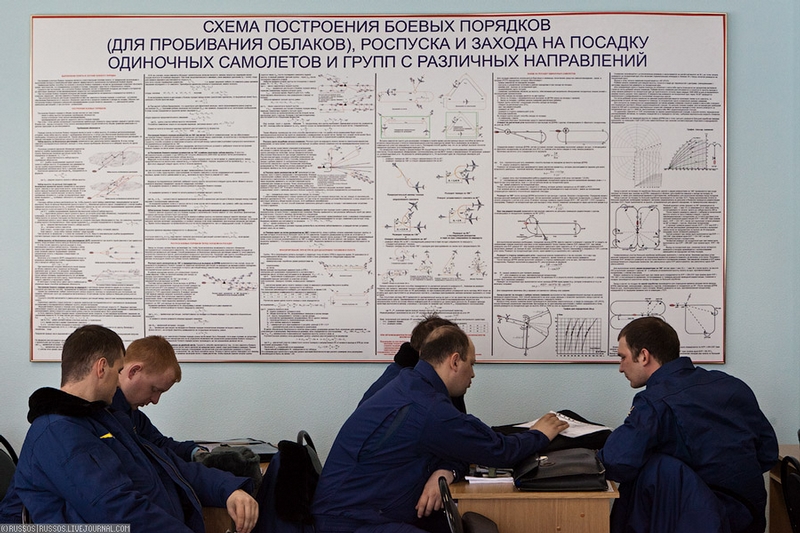
In the 90s, due to the collapse of the USSR, there were some difficulties here, and the planes almost didn’t fly. Now everything is much better: pilots spend three days flying and two preparing for it.
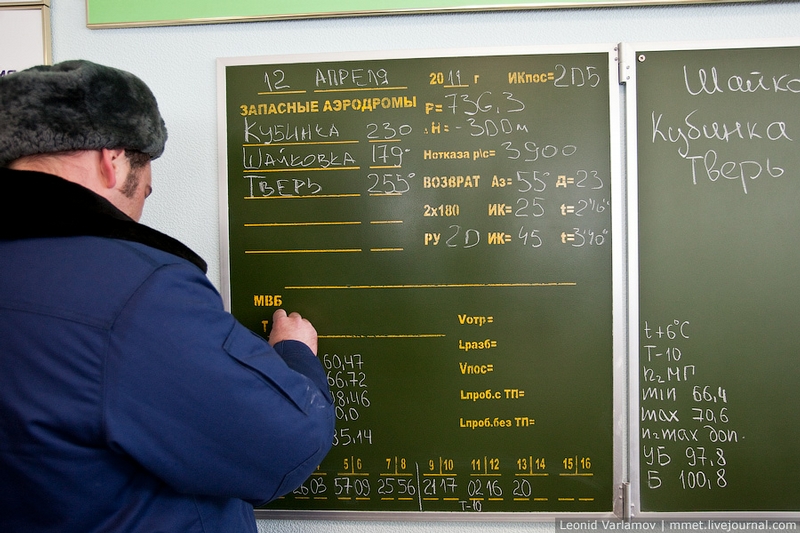
Before the flight pilots are told the current situation, weather conditions and, most importantly, their task. The main parameters for the day are written on the blackboard.
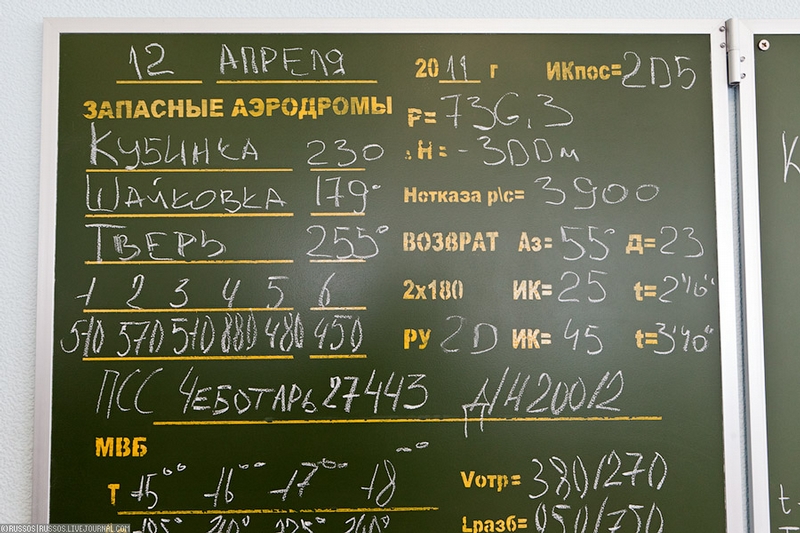
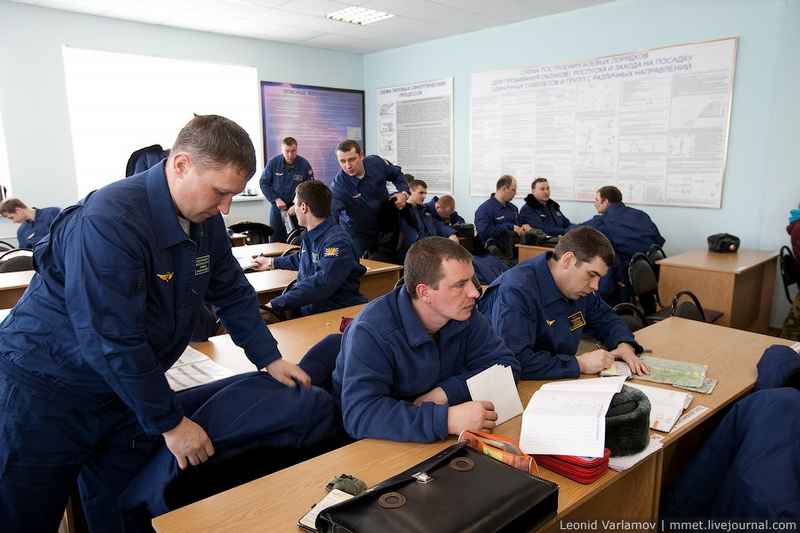
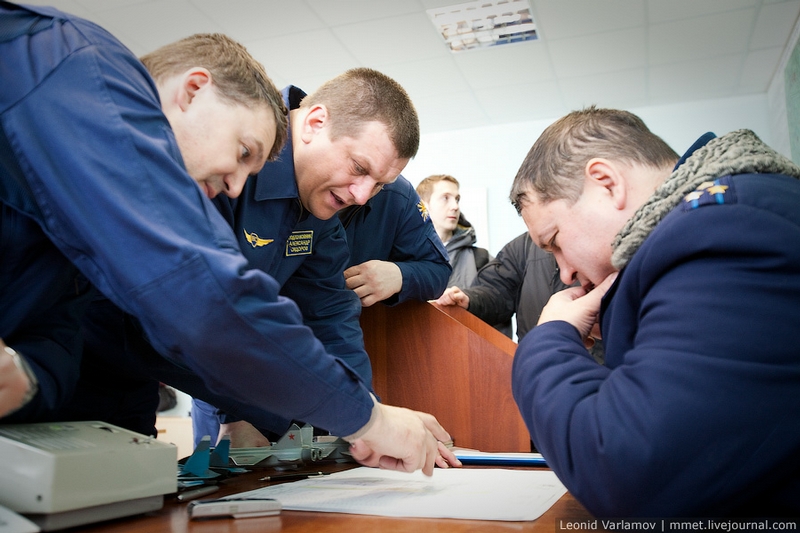
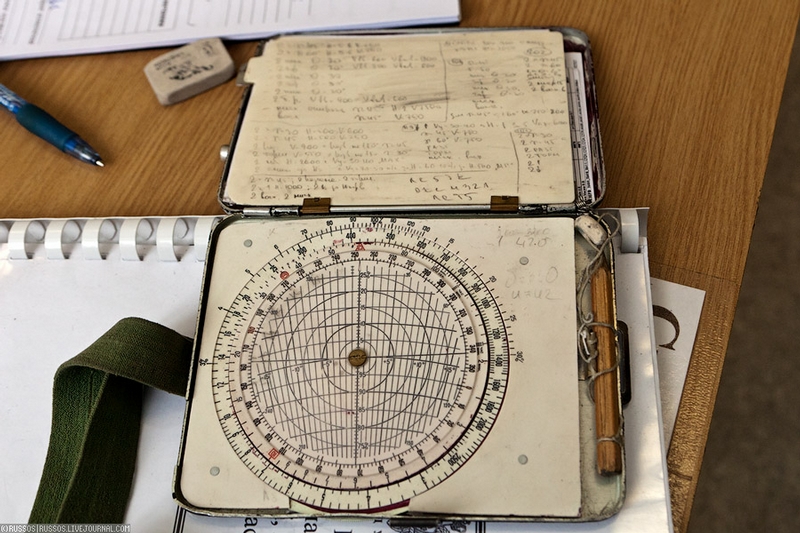
Tips and cribs of the navigator.

Flight clothing is adjusted individually. Here you can see the helmets with pilots’ last names written on them.
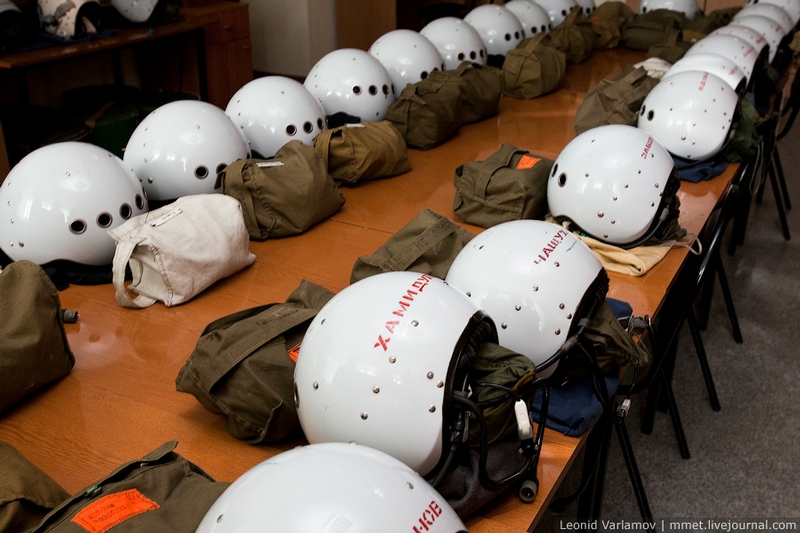
They are used when flying at not very high altitudes. They protect a head from striking against the elements of a cabin and while ejection.

A house with the crew on duty is located at the other end of the airfield. On combat alert they must quickly dress, come to the plane (some planes are already filled and have missiles aboard) and prepare it for takeoff in 10 minutes.
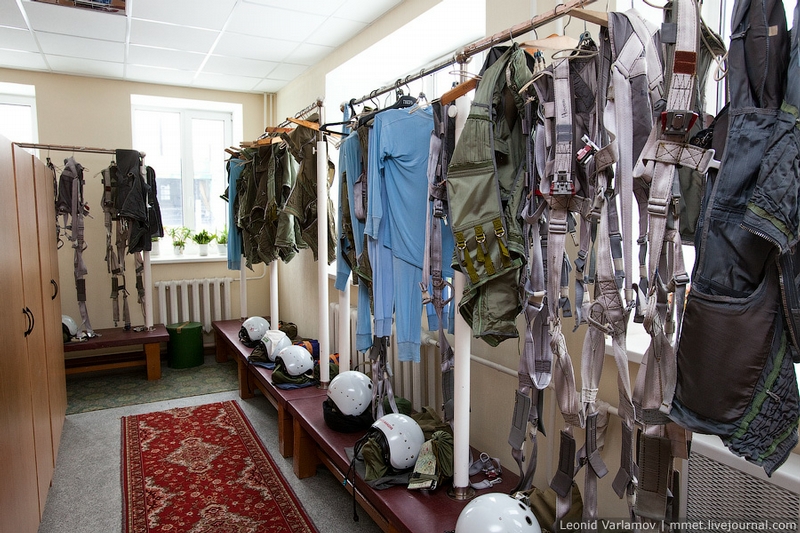
The pilots’ changing room. Each set of equipment is unique.
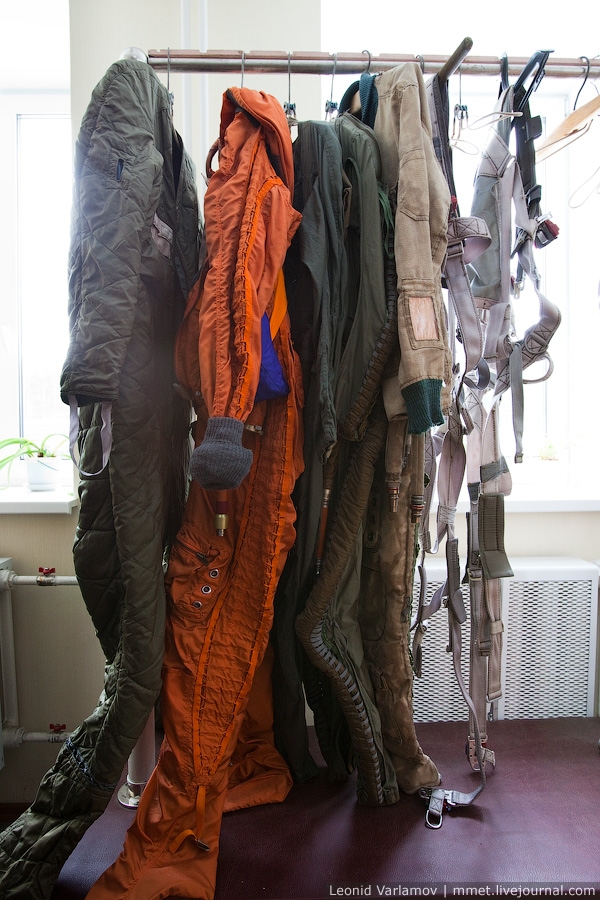

This is the pressure suit used in case of depressurization of the cockpit at altitudes of more than 12-15 km.

The principle of action of the pressure suit is based on the fact that the surface of the body is subject to mechanical squeezing with specific pressure equal to the pressure of gas in the lungs. This is done by tension devices with pneumatic chambers inside. When they fill with gas, the chambers straighten out, increase in diameter, and stretch the fabric of the suit.
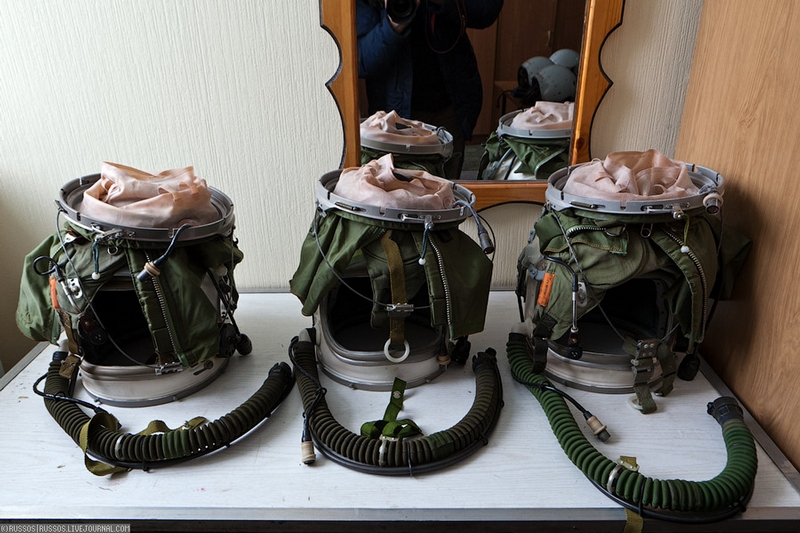
And these are pressure helmets which are also designed for flying at high altitudes (up to 20,000 meters).
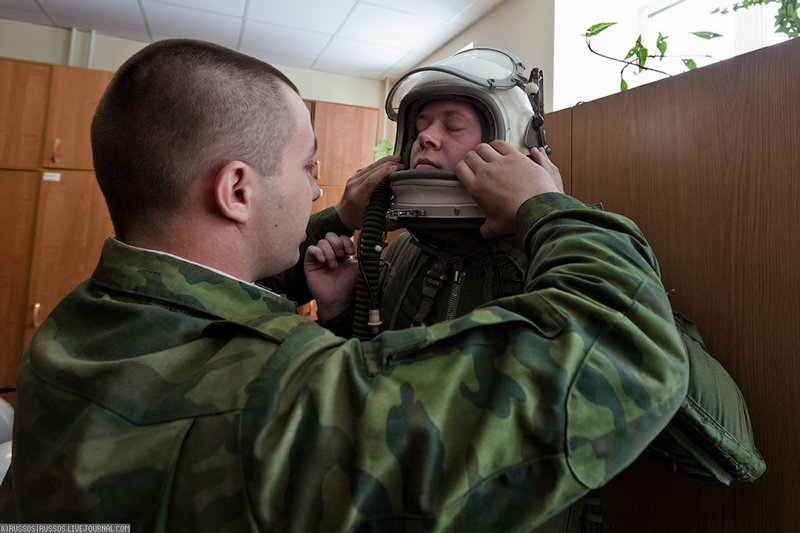
Fitting.
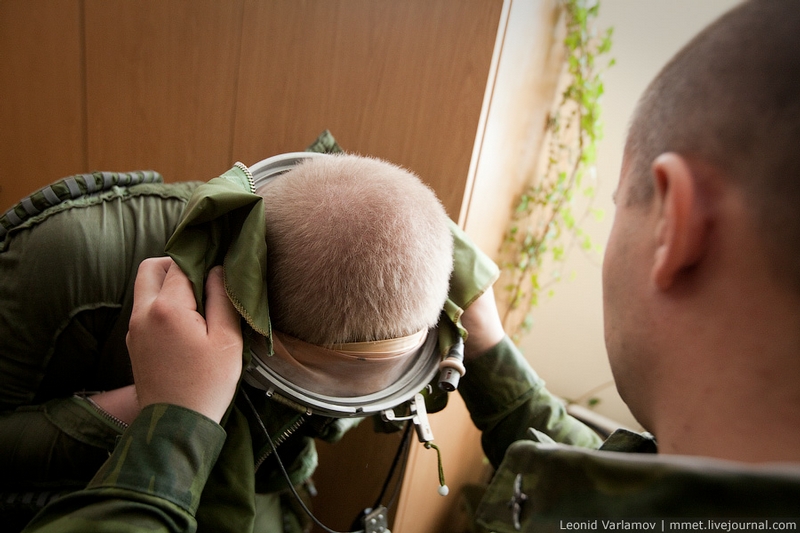
The heating system is embedded into the helmet to prevent the glass from becoming misted. So if the pilot puts on the helmet which doesn’t fit him and his nose touches the glass, it can easily get a burn.
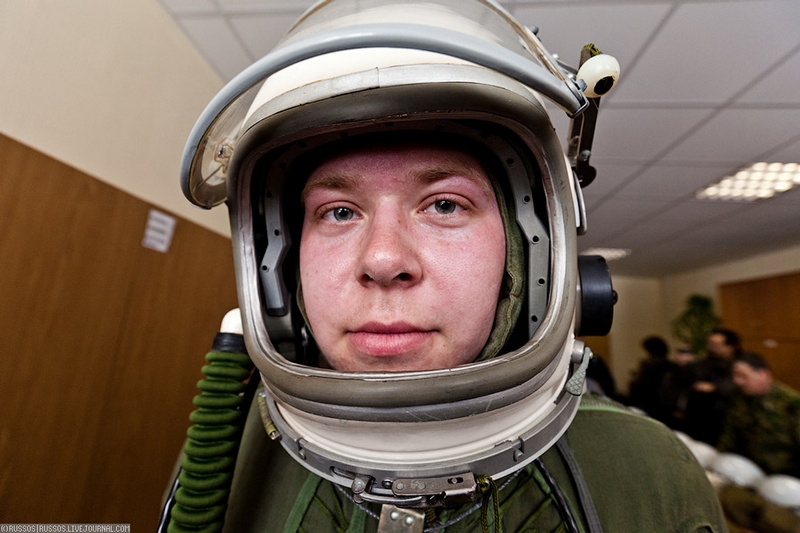
Ready for the flight.

This is a parking area of the MiG-31, supersonic interceptor aircraft.
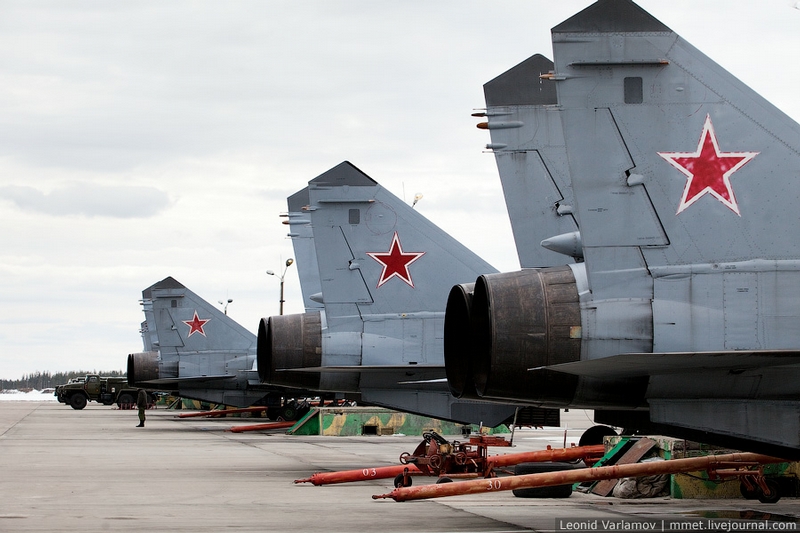
The plane weighs 20 tons, its tanks are filled with 16 more tons, plus 4 tons for various cargoes. It can fly at the altitude of 20 km with maximum speed of 3000 km/h.
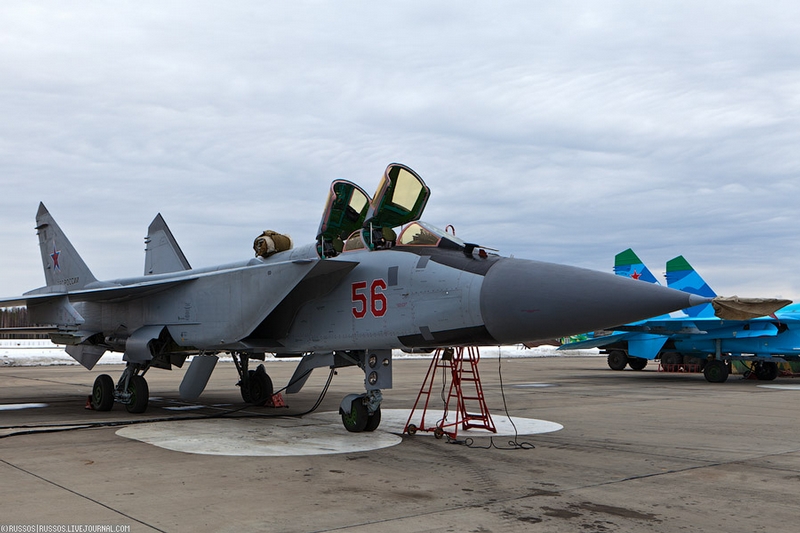
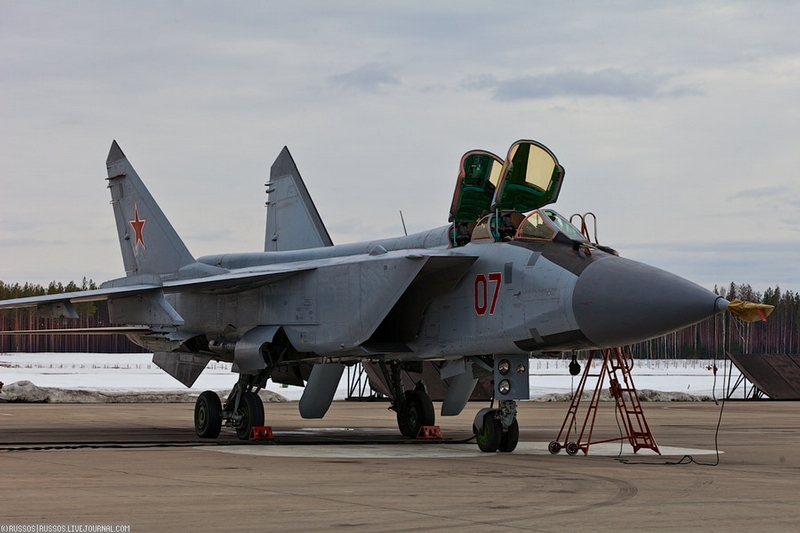
Number seven is going to scout the weather conditions.
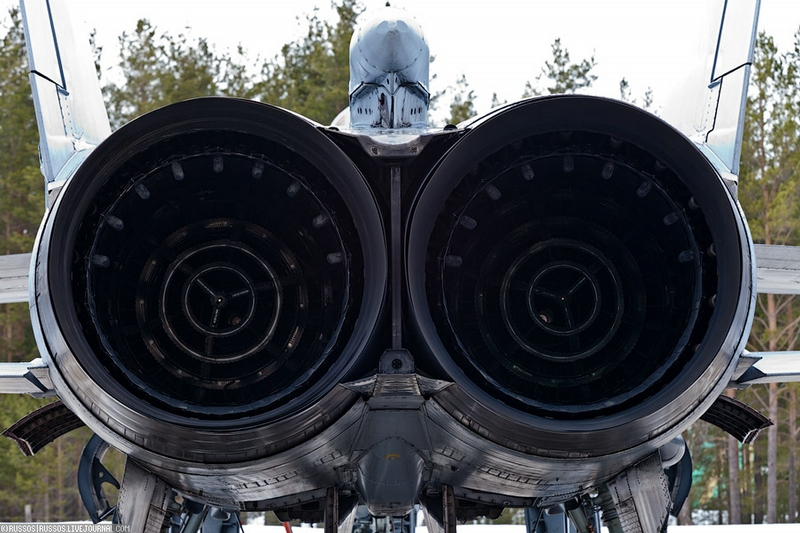
Its turbojet.
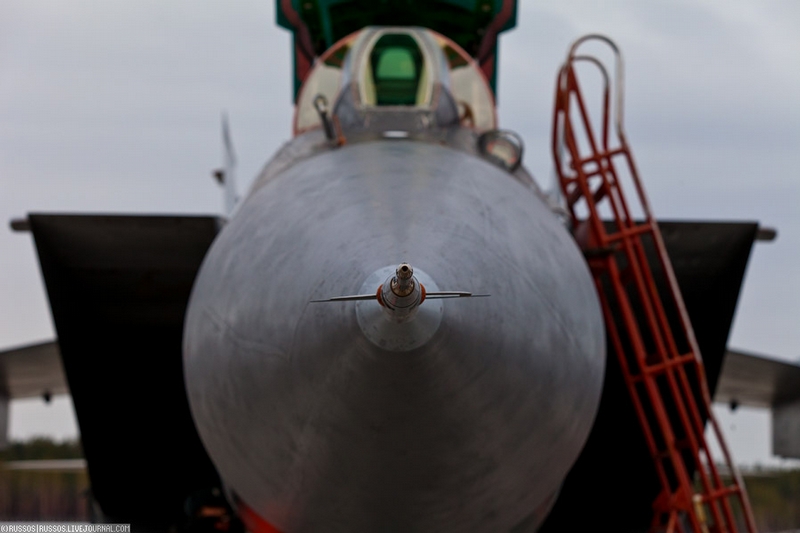
And a pitot tube.
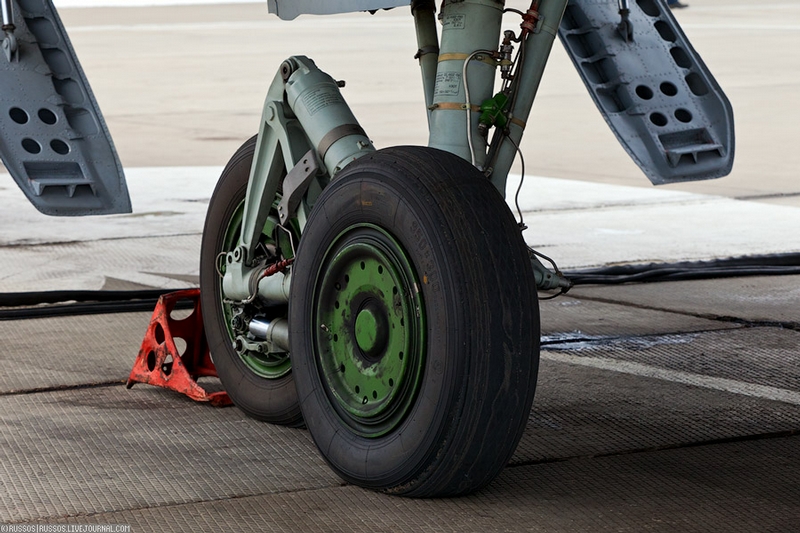
The main part of the undercarriage. A very thought-out construction. Every wheel moves along its own line. It makes easier to go along unpaved and ice airfields.

“Don’t turn on without fluid cooling”.
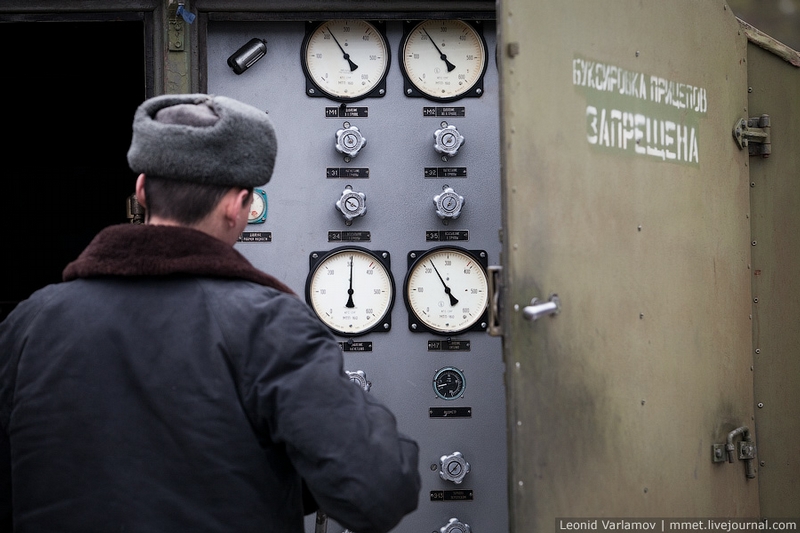
Filling the plane with nitrogen.
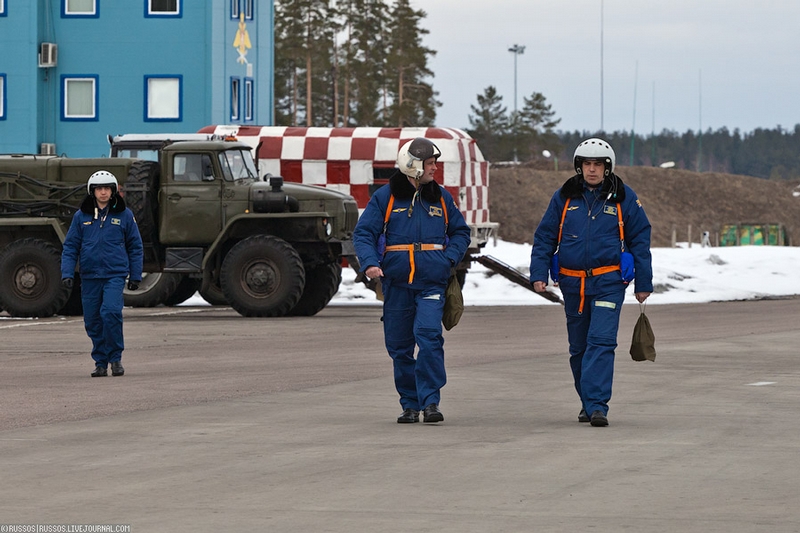
The crew.
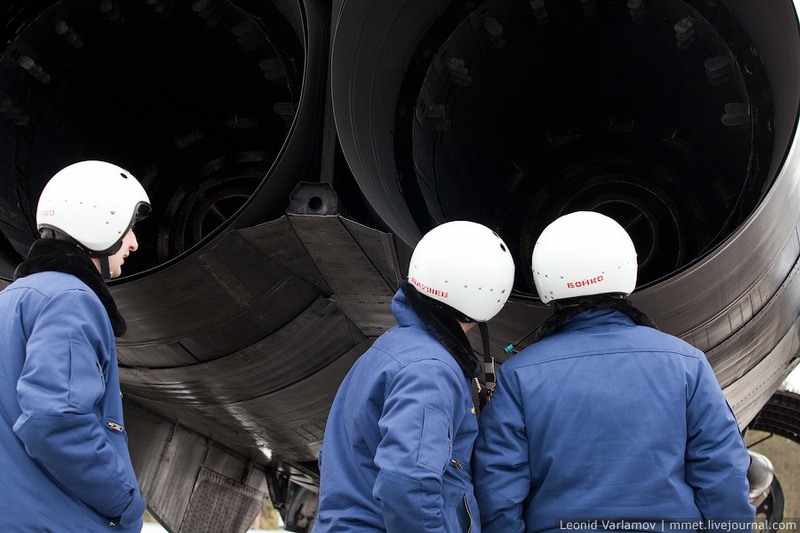
Inspecting the engine.
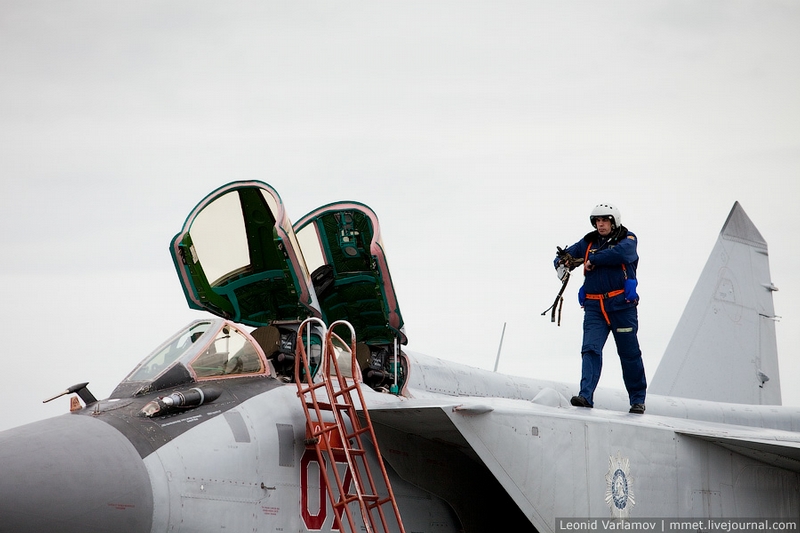

These planes often fly at night here. Though pilots don’t have any appliances of night vision, they easily navigate by the lights on the ground.
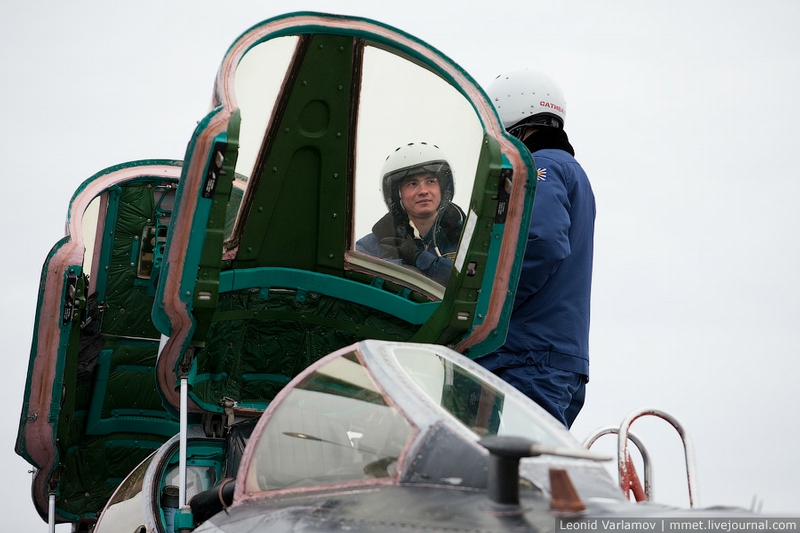
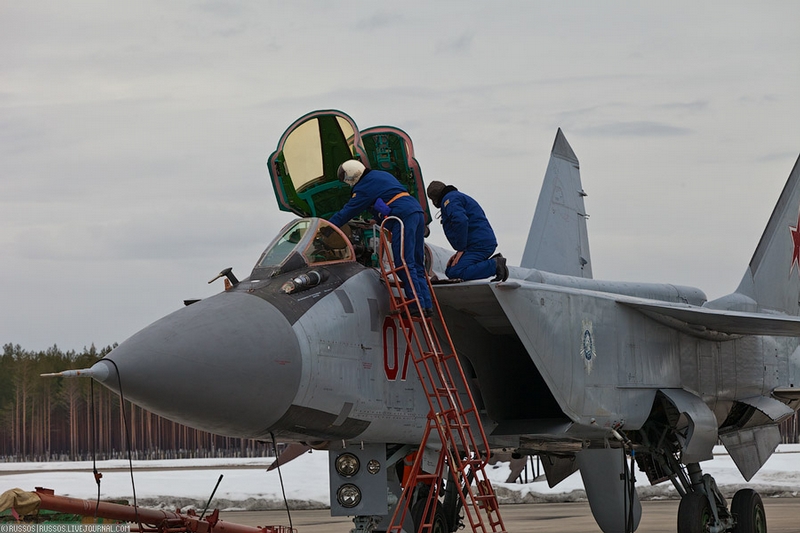
Finally the crew take their seats and perform the last pre-flight preparation.
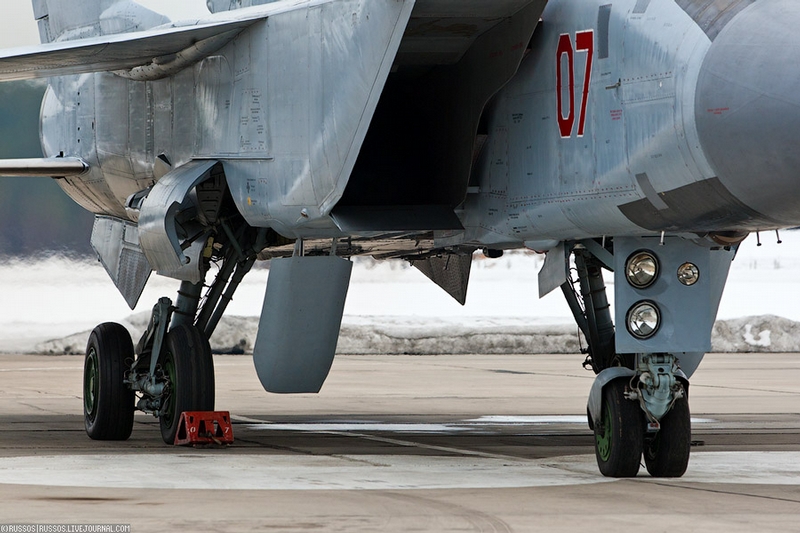

The engines are running, systems have been tested. It’s time to take off.

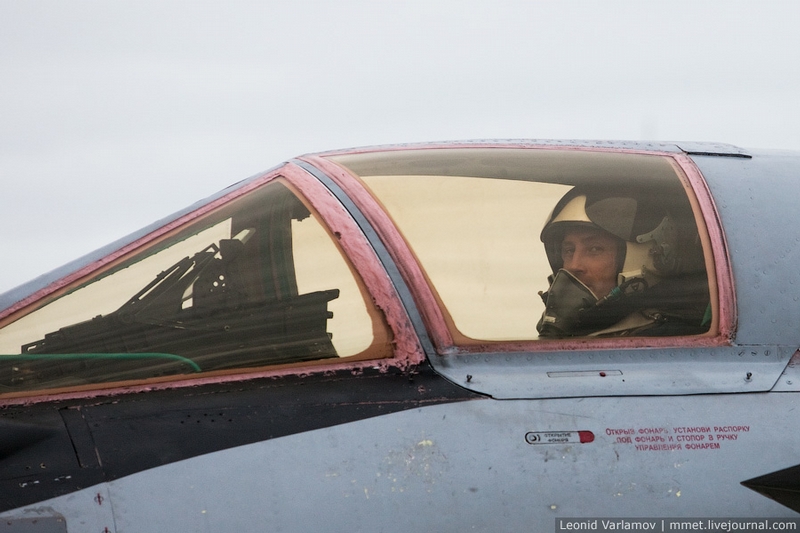
When the plane gains the supersonic speed, one can hear a slap on the ground. At that moment the pilot in the cockpit is watching the arrows on the devices shudder and swing.
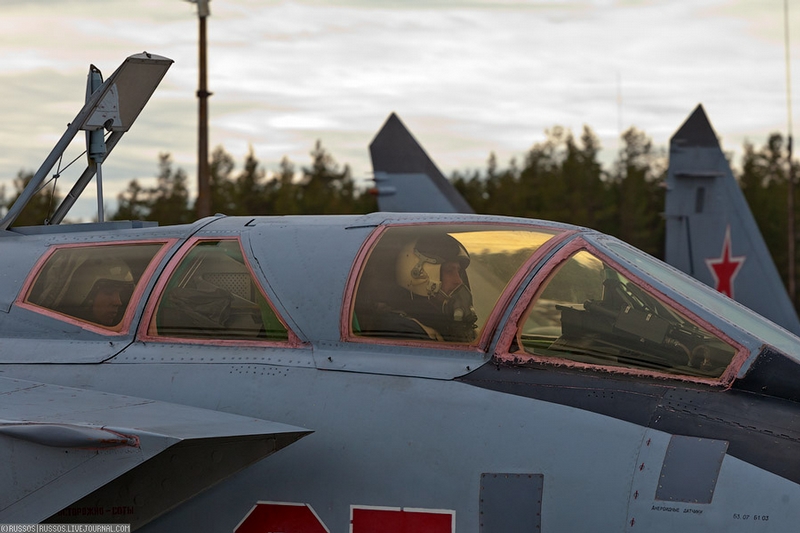

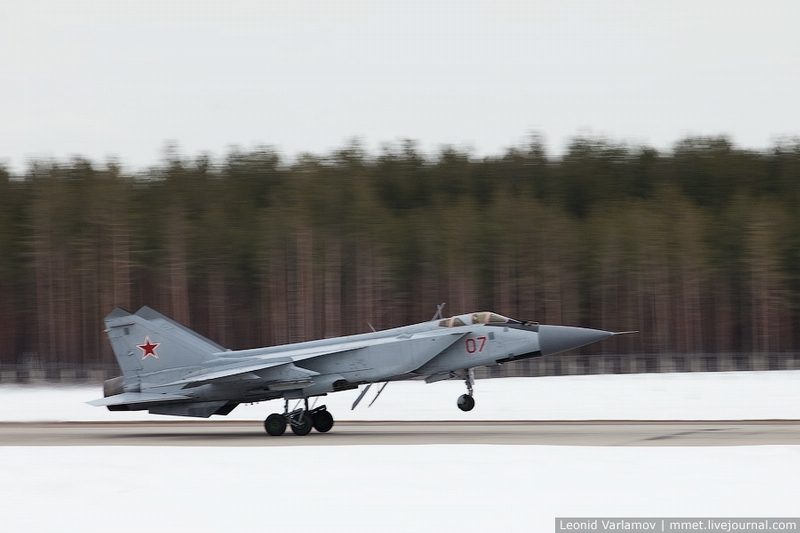
Tidak ada komentar:
Posting Komentar